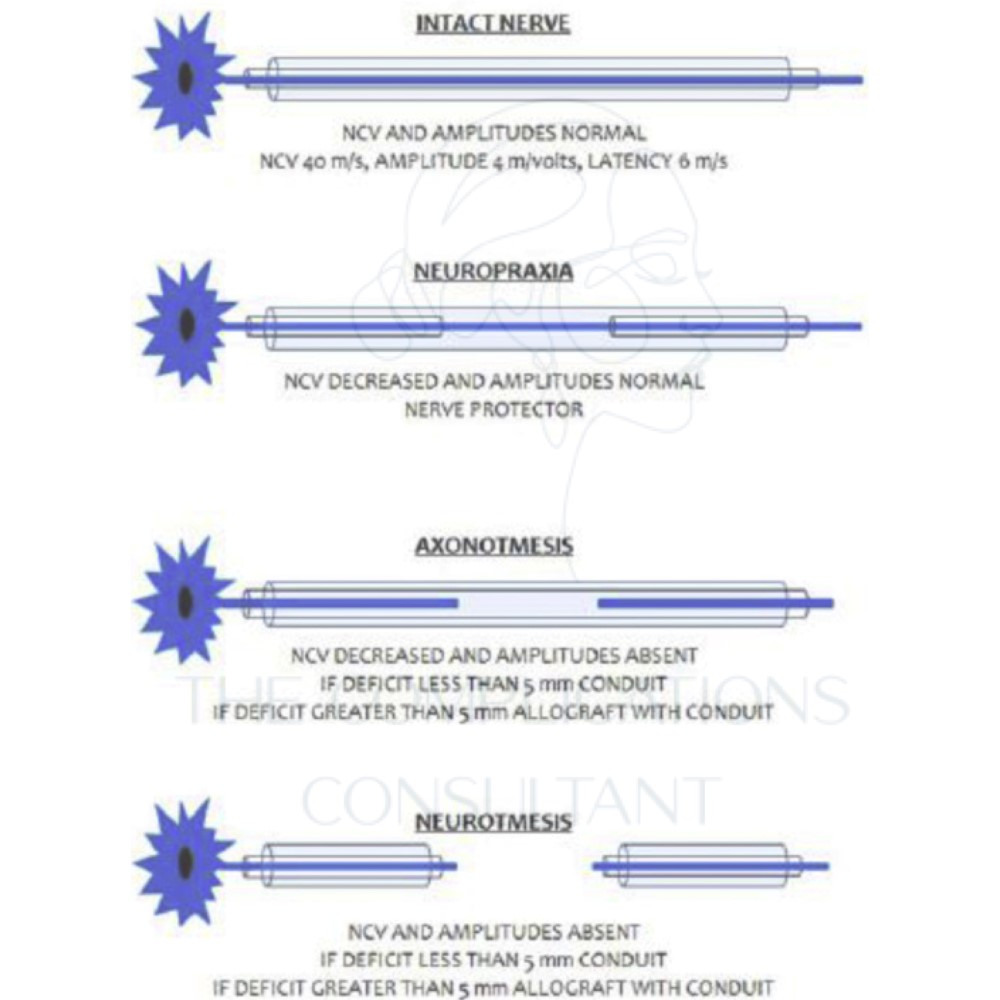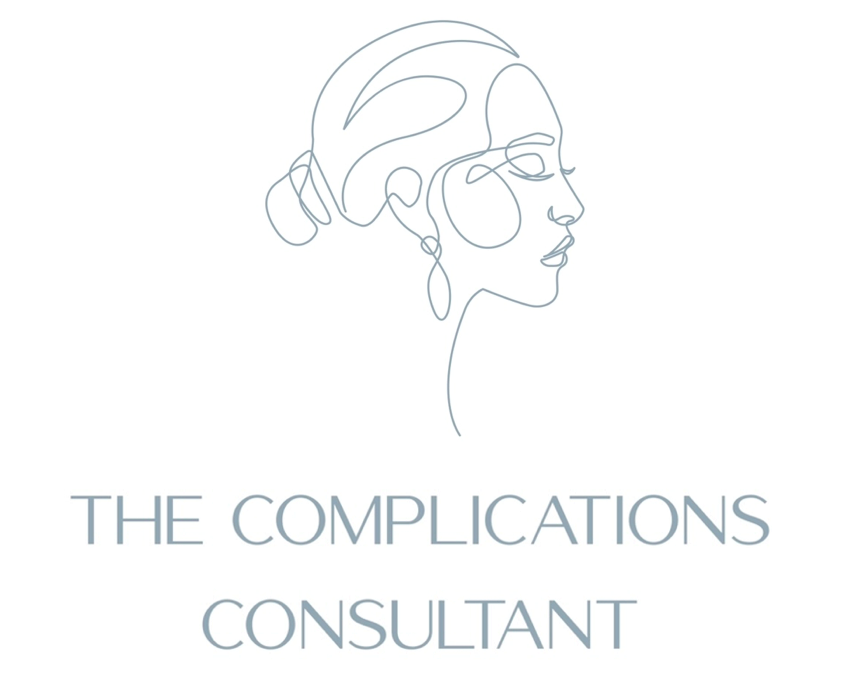Underpinning understanding of nerve injury
For the underpinning understanding of nerve injury a brief knowledge of the anatomical structure of a nerve is helpful
- Axons, cord-like groups of fibres in the centre of your nerve.
- Dendrites, branches that carry electrical impulses.
- Endoneurium, a layer of connective tissue surrounding axons.
- Perineurium, a layer of connective tissue that surrounds groups of axons called fascicles.
- Epineurium, a layer of connective tissue that covers the outer surface of your nerve
The Seddon classification describes three types of nerve injury which may occur.
The first type of injury is called neuropraxia This is the mildest form of nerve damage, probably the most common in medical aesthetics and results from compression of the nerve that leaves the axon and the endoneurium intact. This type of injury usually results from dysfunction of the myelin layer, but nerves make a full recovery in a matter of weeks. You could think of this as an electrical wire that has its sheath damaged halfway along and the current is leaking out to earth instead of carrying on to the end of the wire but the wire itself is intact.
The second type of injury is called axonotmesis. In this type of injury, there is not only demyelination but also loss of a section of the axon. Crucially the endoneurium is preserved, which means the neuron can regenerate, the distal end of the nerve will degenerate, and recovery takes many months as axon must regrow from the break, all the way to the nerve terminals and this occurs at a rate of roughly 1 mm per day. You could think of this situation as being a bit like an electrical wire with copper inside that has snapped, and the loose end pulled out of the rubber casing, but the casing is broadly intact.
The third and most severe type of nerve injury is called neurotmesis.
In this type of injury, we have myelin sheath damage plus axonal loss and then one of three other variations of injury.



